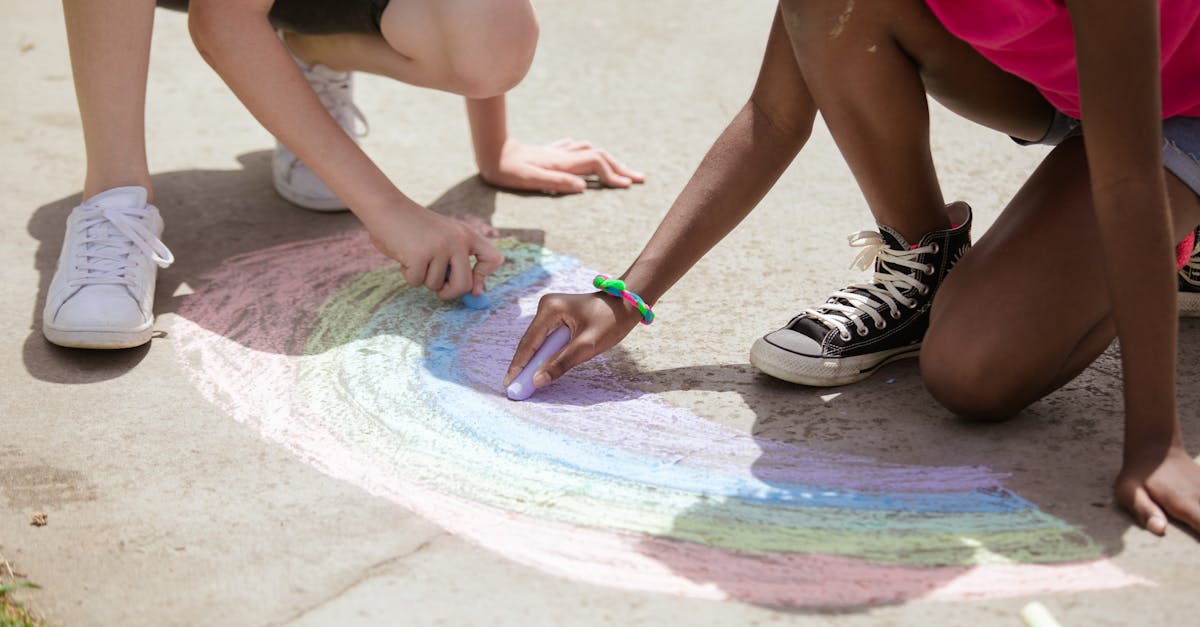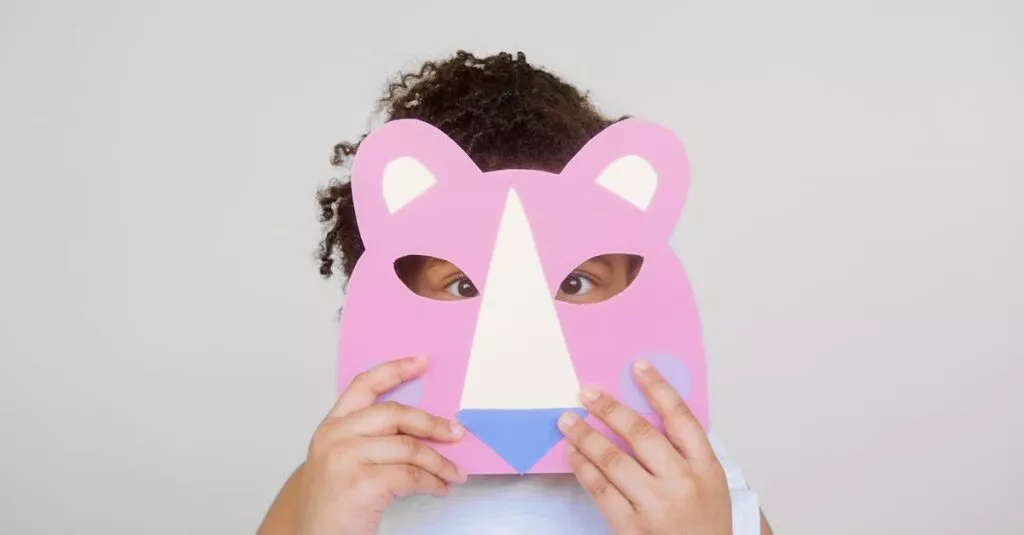Why Use Puppets to Teach Bible Stories?
Puppets are magical in the eyes of pre-schoolers! They bring stories to life right before their eyes, making learning fun and engaging. You can capture their attention more effectively than traditional storytelling. Kids relate to puppets like friends, which helps them understand complex lessons in simpler terms.

Choosing the Right Bible Stories
Starting with familiar stories like Noah’s Ark or David and Goliath is wise. These tales are filled with vibrant characters and strong morals. Remember, the simpler the story, the better. Pre-schoolers have short attention spans, so stories with clear beginnings, middles, and ends work best. Stick to basic plots and central themes.

Crafting Your Bible Puppets
Creating your puppets can be a fun craft project. Using everyday items like socks, paper bags, or simple fabric scraps is a budget-friendly approach. Googly eyes, yarn, and markers can add personality to each puppet. This is also a great way for children to help, making them feel part of the storytelling adventure.

Getting the Kids Involved
Kids love being part of the action! Encourage them to take turns acting out different characters with the puppets. This not only boosts their confidence but also helps them remember the stories.
Use questions during the storytelling to keep them engaged and thinking, like ‘What do you think David will do next?’

Tips for Interactive Storytelling
Interactive storytelling keeps pre-schoolers hooked. Use silly voices and exaggerated actions to maintain their interest. Don’t be afraid to ham it up! Add pauses for dramatic effect and encourage kids to predict what happens next. Their giggles and guesses make the session more fun and memorable.

Addressing Emotional Challenges
Young children might not express emotions easily but do pick up on them. Addressing feelings like fear or courage in stories helps them understand and articulate their emotions. Let the characters express these feelings openly in the story to model emotional intelligence. Discussing the characters’ feelings afterward helps kids open up about their own.

